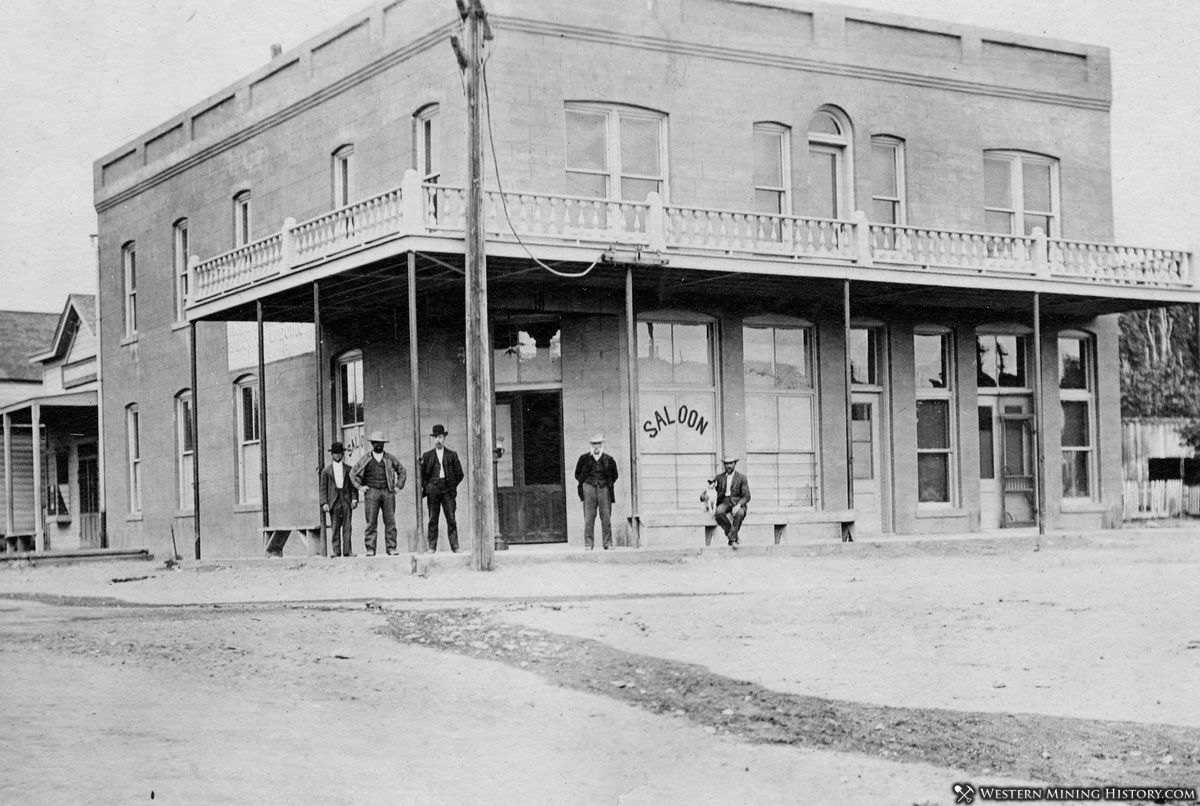Dayton History
Nevada's first gold discovery
In July 1849, Abner Blackburn, a former member of the Mormon Battalion, made the first gold discovery in what is now Nevada near this site. William Prouse, a member of a passing emigrant party, made a second discovery further up Gold Canyon in May 1850. The discoverers of these placer gold deposits believed the promised riches of California to be greater. Most emigrants consequently continued their westward journeys, but a few returned after finding most of California's Motherlode creeks and rivers already claimed.
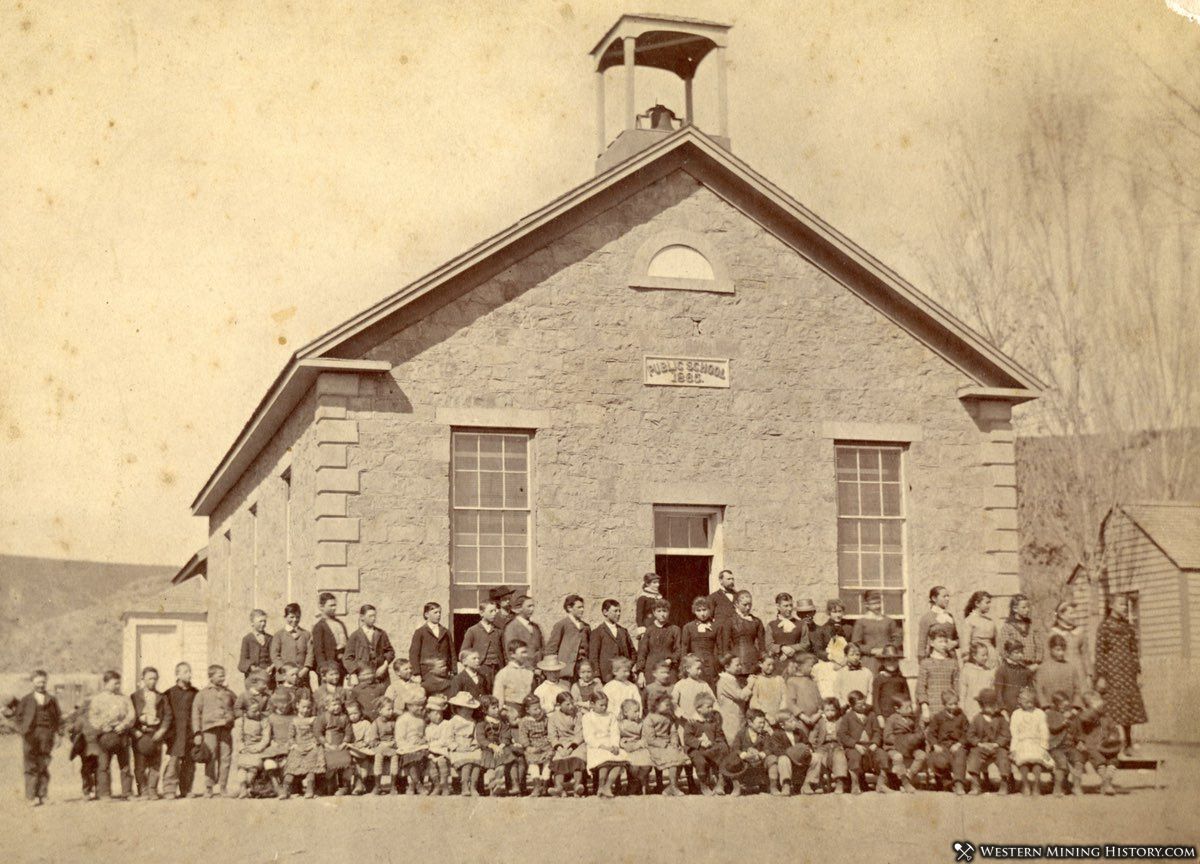
By the Spring of 1851, some 200 placer miners, including james "Old Virginny" Finney, were working in the area. The continuous occupation of Gold Canyon's mouth makes this site Nevada's first non-native American settlement. Dayton, also known as Chinatown, became a mineral milling, commercial and agricultural center after prospectors and placer miners worked their way up Gold Creek. This monument commemorates the 150th anniversary of the discovery of gold and the thousands of pioneers who passed near this site.
Text above is from a historic marker in town
Nevada's Oldest Mining Town
Dayton and its immediate surroundings were the site of an informal settlement since the earliest days of the Gold Canyon gold placer discoveries. The first permanent buildings were built in the early 1850s. The initial settlement was known as Chinatown due to the numerous Chinese miners that were reworking the placers that had been abandoned by the first miners on the scene.
Related: the article The Gold Cañon Placer Mining Colony details the early settlement that predates Dayton.
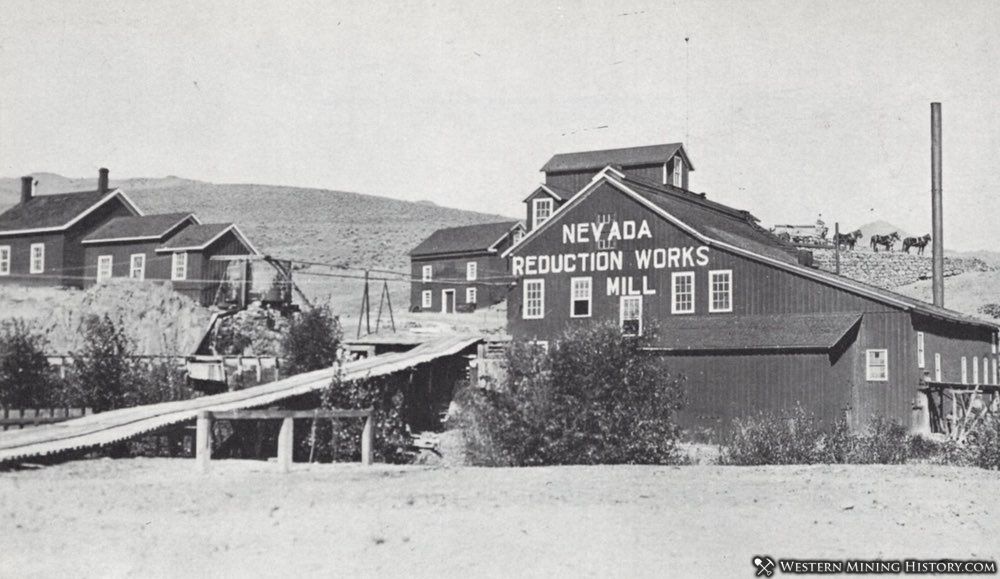
When the first discoveries of rich ore at the nearby Comstock lode were made in 1859, most of the settlement, including the buildings, moved up the canyon to the scene of the new excitement. A few families remained and slowly the town became repopulated. In late 1861 the name was changed to Dayton, and in 1862 a post office was established.
As Virginia City and the Comstock boomed, Dayton became an important commercial center on the route to the mines. The first ore mill was built here in 1861, and soon the town became an important milling center. The area around Dayton had a dozen mills by the early 1870s.
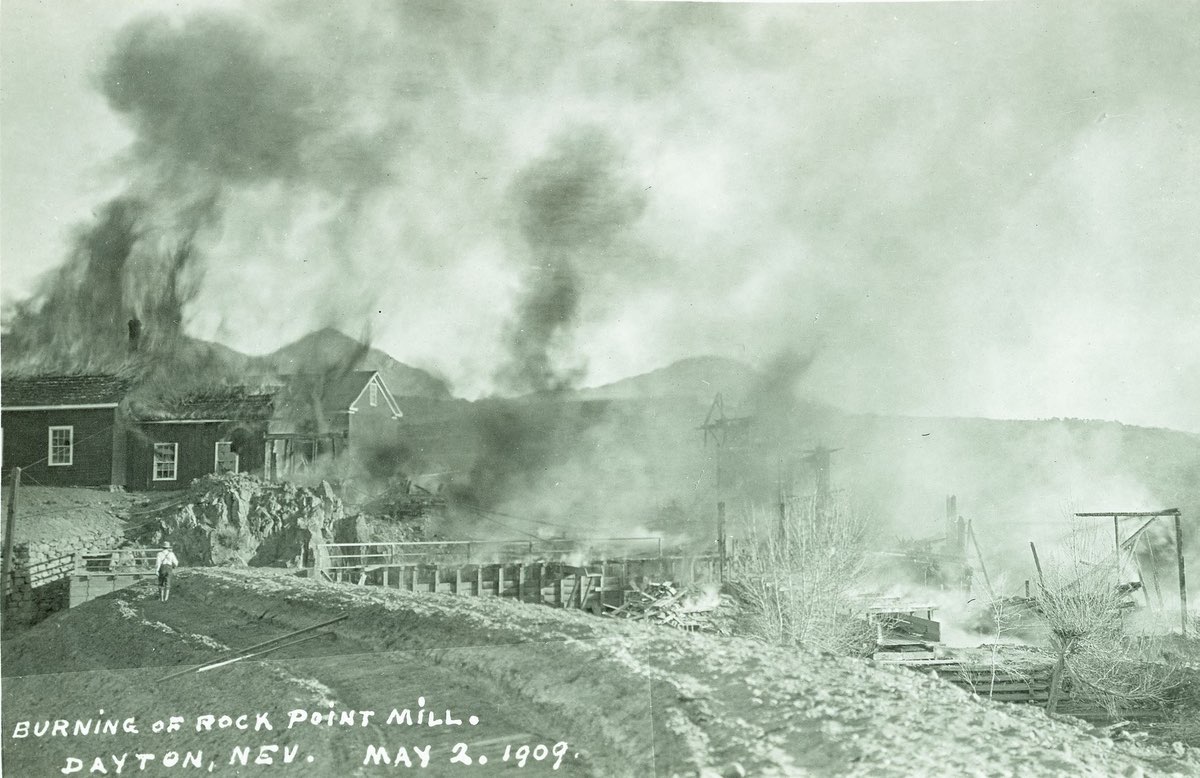
The most famous stamp mill at Dayton was the Rock Point mill. The mill was first built in 1861, and burned in 1882. It was rebuilt in 1883, then burned again in 1909. In 1910 it was rebuilt yet again, this time with heavy concrete foundations and steel construction. In the 1920s the mill was dismantled and moved to Silver City, but the foundations remain at the mill site today.
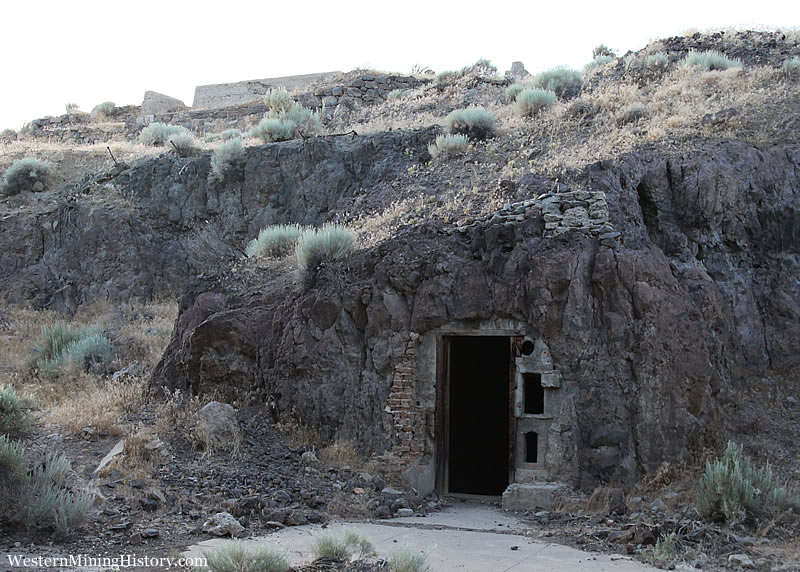
By the 1880s, as the Comstock faded, so did Dayton. Subsequent cycles of mining activity in the area kept the town alive, including the operation of a gold dredge near the town from 1920 to 1923. Placers in the area were worked until 1943.
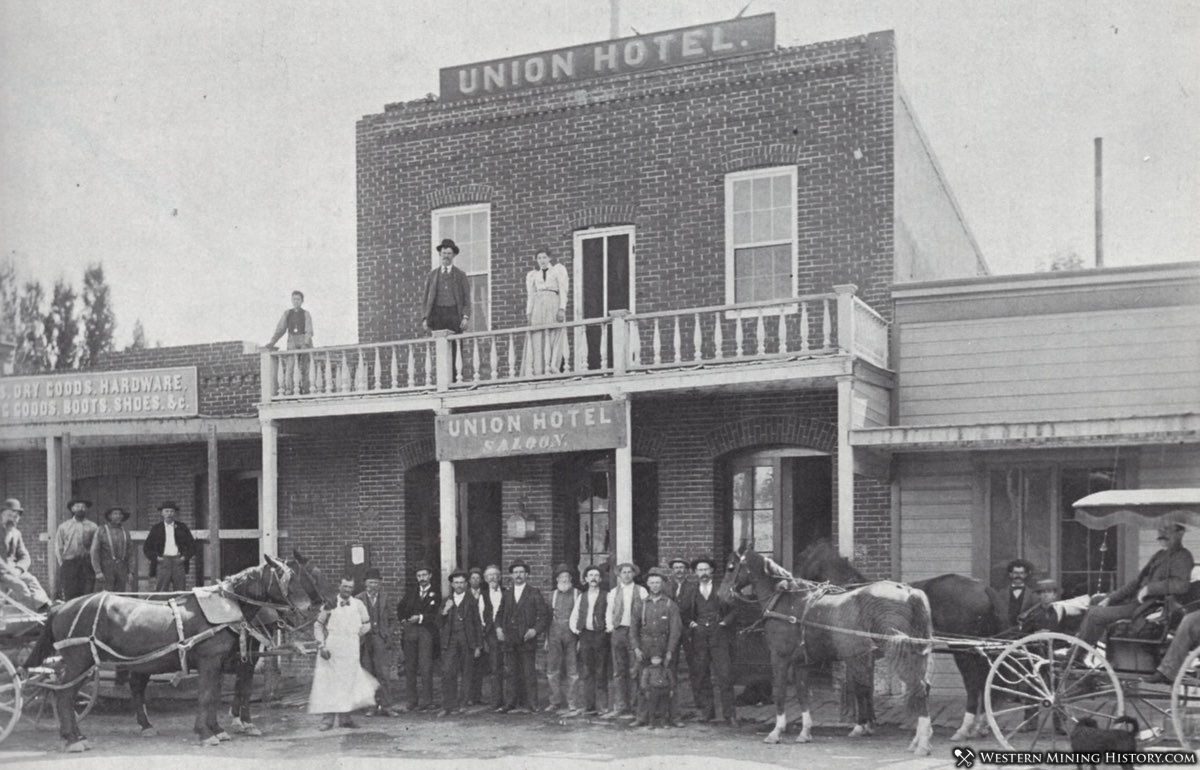
Dayton was never completely abandoned and is now a small town with a collection of historic buildings.
The Comstock Lode: Nevada's "Big Bonanza"
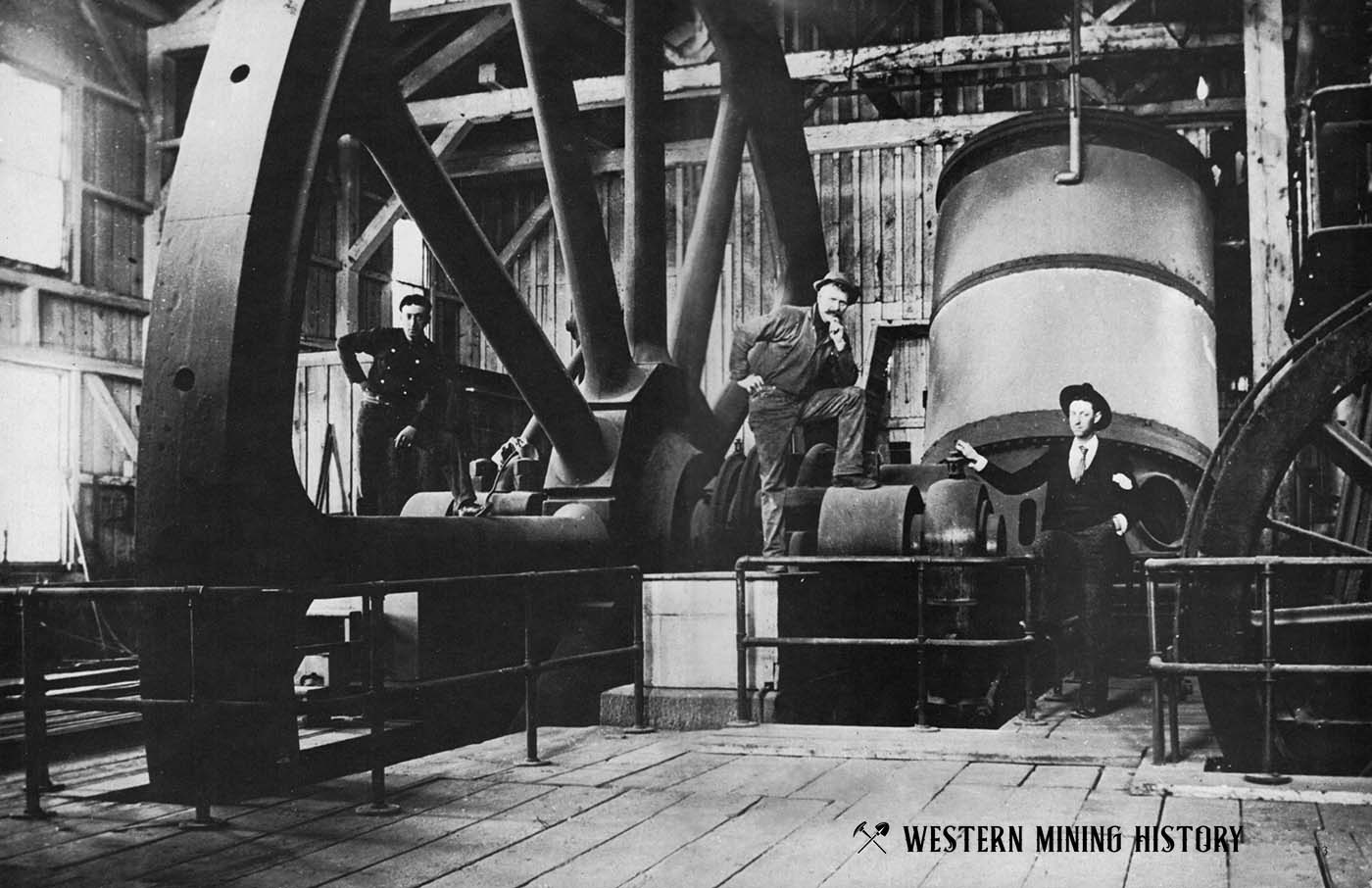
Many incredible photos of this area are included in the article The Comstock Lode: Nevada's "Big Bonanza".
Nevada Mining Photos
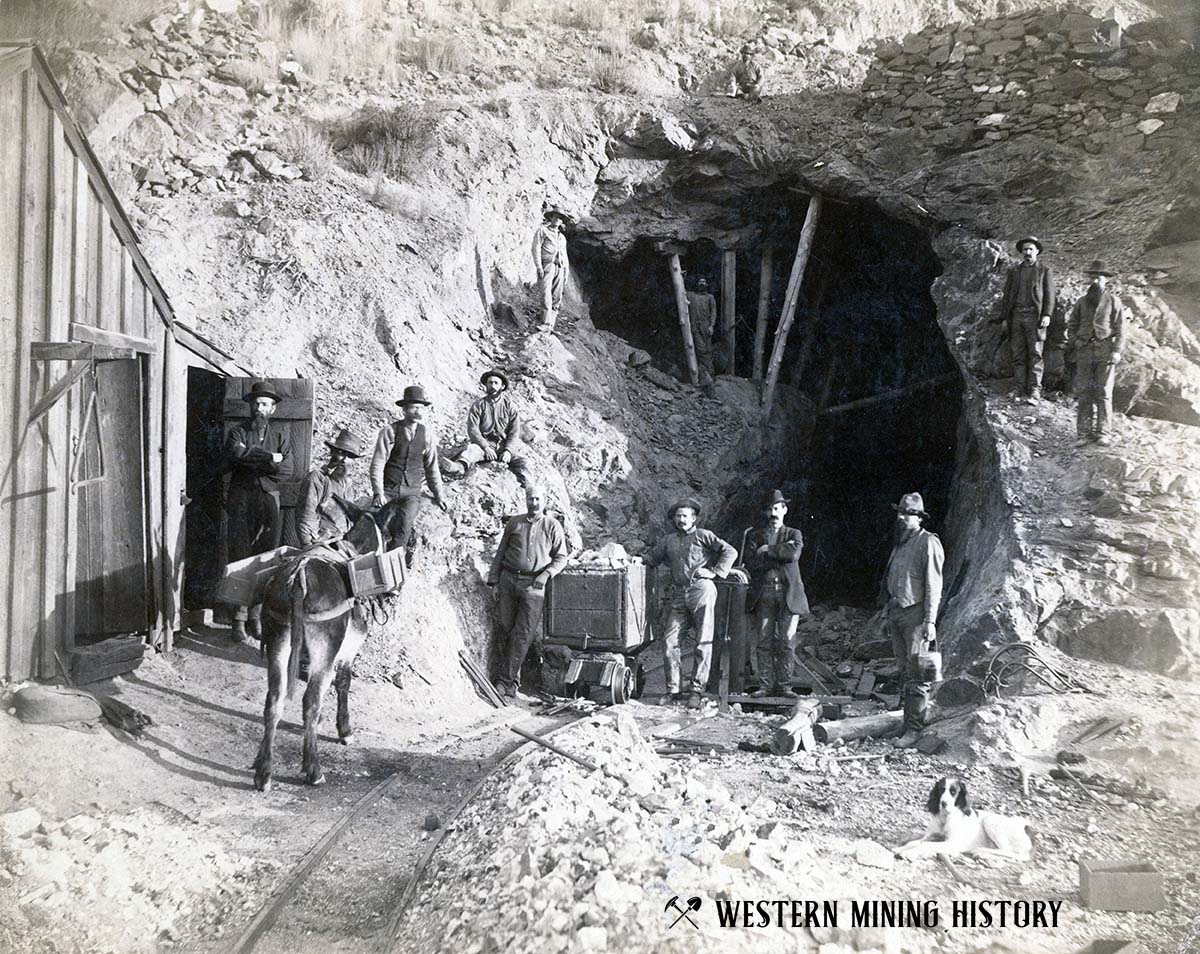
A Collection of Nevada Mining Photos contains numerous examples of Nevada's best historic mining scenes.
Nevada Gold

Nevada has a total of 368 distinct gold districts. Of the of those, just 36 are major producers with production and/or reserves of over 1,000,000 ounces, 49 have production and/or reserves of over 100,000 ounces, with the rest having less than 100,000 ounces. Read more: Gold Districts of Nevada.
